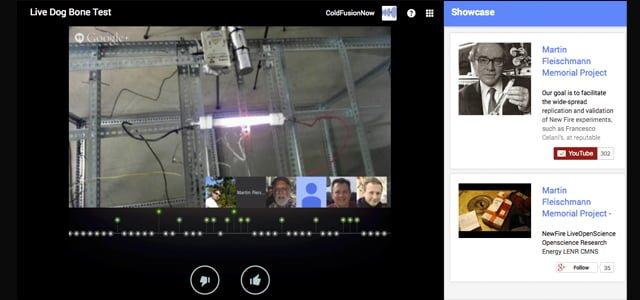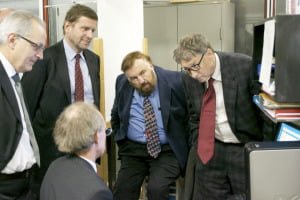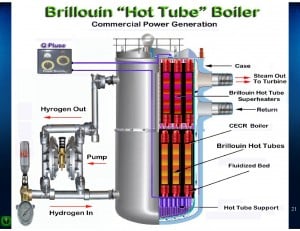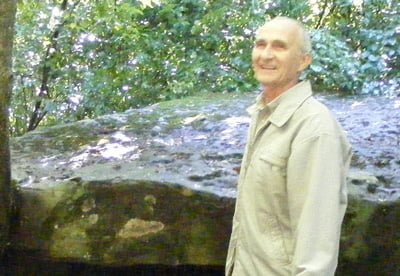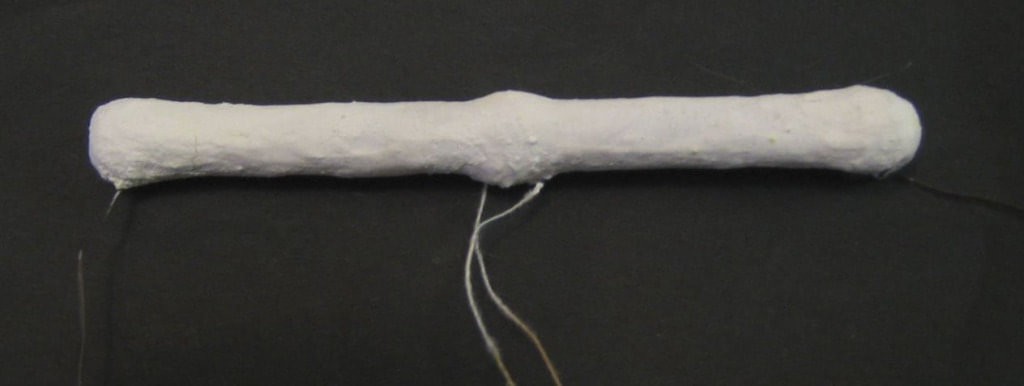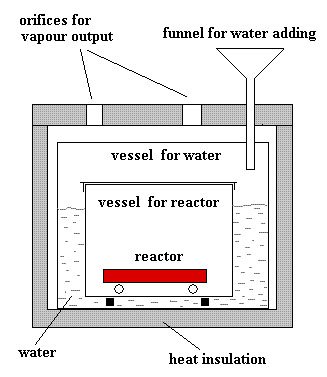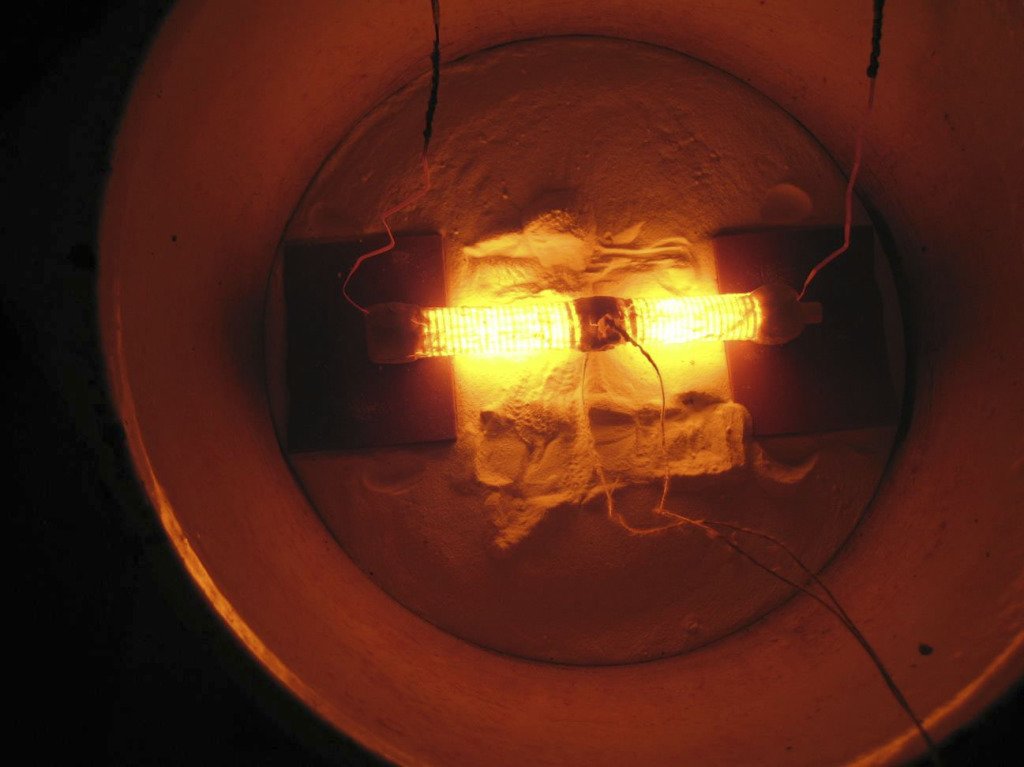This is a re-post of an article written by Dr. Peter Gluck of Ego Out in Cluj, Romania.
The original article can be found here.
SHORT INTERVIEW WITH YU. N. BAZHUTOV by Peter Gluck
I had the privilege to ask a few preliminary questions from the leader of Russian LENR researchers Yuri Nikolaevich Bazhutov. They call the field Cold Nuclear Transmutation and I think this name is more realist than Cold Fusion.
Yuri Bazhutov is an ’89-er cold fusionist (excuse me) a well known member or our community, a reputed author, with 15 papers 1982 to 2014 in the LENR-CANR Library, an organizer and participant at our meetings, CNT strategist, a personality..
Q
It is encouraging to see and easy to observe how closely and seriously are followed, discussed and theorized the developments in CNT/LENR in Russia. What is the strategic thinking beyond this and the main targets?
A
After more, than 25 years of theoretical, experimental pilot studies in Cold Nuclear Transmutation in Russia we have arrived to a stage when we think about patents, demonstration devices, search for investors for realization of industrial devices. We are at a different, higher level now.
Q
Your very personal opinion: how do you see the scientific aspects; how these new developments, can they be explained theoretically and what do you and your collaborators intend to do for the experimental part?
In essence is it new science or new application (s) of already known science?
A
As co-author of the Model of the Erzion Catalysis (MEC), I believe that it explains the nature of CNT. All my experiments made in 25 years confirm this model.
MEC is built on orthodox representations of the Physics of Elementary Particles including as the main part, Quantum Chronodynamics (QCD) and, therefore it is also the new Section of Nuclear Physics
Q
The Lugano experiment despite its over-complicated thermometric calorimetry is a harbinger of a really wonderful/powerful energy source, MWhours from grams. Unfortunately, the Testers were shocked by the analytical results.
What do you think about those unexpected isotopic shifts and the dynamic processes that make these possible
A
Starting with the first experiments made by Rossi and Focardi up to the very Hot Cat tested in Lugano, MEC gives generally fine explanations and I have published about this in RCCNT&BL Proc., and in the Russian Inventing magazines (No. 1, 2012) and ISCMNS J. (No. 13, 2014). However I believe that our option of Russian E-cat on the basis of Plasma Electrolysis gives a much better perspective- heat generator at close realization still having a very high output specific power (MWhours from grams common water).
Q
On December 25, 2014 at a CNT seminary-Alexander Parkhomov and you have presented an experiment confirming the Lugano experiment using a realistic-cut-the Gordian knot simple calorimetry inspired from your experience. A very positive event.
However, after more than 50 years in and around research i have learned the cruel 1=0 rule-1 single experiment can’t generate absolute certainty. Nor Lugano, neither Parkhomov; so I ask-was the experiment repeated in house and when will the new report be published?
A
Parkhomov now works on lengthening of time of continuous work of a cell then to do atom spectroscopic and mass spectroscopic analyses of change of chemical structure and of the isotopic composition of fuel.
Peter Gluck – This was just a first discussion, I hope to continue. Bazhutov added: see and read more– and I have translated the paper.
http://vpk.name/forum/s188.html
The revolution in energetics was accomplished! The place of organic fuels was taken by the Cold nuclear Transmutation.
By A.A. Rukhadze, Yu.N. Bazhutov, A.B. Karabut, V.G. Koltashov
The era of oil burning has arrived to its end. The revolution in CNT (Cold Nuclear Transmutation) opens the way toward a new economic transformation, to the triumph of robotics, to cheaper production and the transition of the world’s economy in which Russia should not be disadvantaged.
On October 8, 2014 in the prestigious Los Alamos electronic publication Arxiv.org it was published the report of an independent group regarding the testing of the heat generator- Hot Cat created by Andrea Rossi. Six well known scientists from Italy and Sweden have tested for 32 days the functioning of the generator that allows obtaining cheap energy on the basis of a new scientific principle.
In the absence of the author of the invention (A. Rossi) there were measured all the possible parameters of the “energetic cat” After that, for an half year the scientists have processed the results in order to get comprehension. And their verdict was univocal: the Rossi generator works and produces an incredible amount of energy- the energy density is millions times greater as by burning the same quantity of any kind of organic fuel and is 3.7 times greater than the input electric energy. In the same time it is changed the isotopic composition of the fuel materials.
No nuclear radiations from the reactor could be observed during the test.
The first demonstration of working of an E-cat prototype was performed already at January 14, 2011 in Bologna, at the Physics Dept. of the University. During this demo the scientists and the journalists have seen a functioning reactor with the power of 12.5 kW at output. This works on the principle of cold nuclear transmutation as have related the authors, Andrea Rossi and Sergio Focardi.
Sergio Focardi, professor at the Bologna University – has performed even 20 years earlier the mechanism of hydrogen-nickel interaction in cooperation with the professor of the Siena University, Francesco Piantelli. These studies were done in the frame of a new physical phenomenon, cold fusion discovered by Martin Fleischmann and Stanley Pons in the year 1989.
At October 28, 2011 Andrea Rossi has already shown his first 1 Megawatt reactor sold to his first customer. Engineers and scientist were present, verifying how it works. Due to some imperfections, the reactor has produced 470 kWatts working for 5.5 hours in self-sustaining mode. There were used 100 reactor modules each with 3 branches- the whole complex of 300 reaction chambers.
The orthodox physicist overall have again ignored Rossi. According to all the canons of physics, something like this- nuclear boiler on the table- cannot exist! Amplification of energy almost 10 times is pure non-sense! And only few “heretics” of science, working for cold fusion (CF) have supported him.
Rossi had an unpredictable behavior but not so that he could be called a rogue and a charlatan as the orthodox have accused him. He has not asked money from anybody, on the contrary he has sold his house to be able to start this research. He has not chased popularity in the press; he refused interviews and has worked more with businessmen than journalists.
Rossi also has not tried to open a dialogue with the scientists – the luminaries of the nuclear physics: “The best proof of my truth will be the commercial device on the market”- he says.
The attitude toward this inventor has gradually changed- when after a dozen conferences nobody could show he cheats, secretly brings electricity to the device.
After that NASA took Rossi under its protection. Rossi could not refuse. It is clear he is safer in the US than in Italy. But NASA is only the visible part of the wall built by USA around Rossi and his invention.
It can be confirmed that the US tries to obtain complete control of the new sources of energy, the one who owns it, will be the far leader in technology.
Signals at the APEC Summit Show Big Changes Ahead
http://ireport.cnn.com/docs/DOC-1187686?ref=feeds%2Flatest
and gets rid of the oil gas dependence.
The US hopes not only to manage the flow of finance but also, on the basis of new technologies, having almost free, clean, limitless energy to perform export-oriented industrialization.
Other countries will remain behind if they will not also try to change. For this reason, in India after the ATEC summit where this issue was discussed ( see the CNN link) governmental actions were initiated to finance the development of new energy see please: http://www.e-catworld.com/2014/11/17/indian-government-urged-to-revive-cold-fusion-research-program/
It is for sure to say that Rossi’s invention cannot be kept under lock for long. In dozens of laboratories worldwide, the scientists are trying to guess the secret of the “silent Italian”, to find out his catalyst, to develop a theory of the process. In meantime, preparations are made for bringing the generators on the market. If the transition in industry, trade and transport rising humankind to a new level of automation- needs hundreds of thousands “Cold Cats” (actually they are warm or hot, N.T.) the start of these new industries will bring the oil industry in the abyss by thousands of ways – very bad for the economies that depend on hydrocarbons. It will become obvious the futility of investing in oil and its long term purchase.
In the near future we can expect a rapid development of the Cold Nuclear Transmutation (a new and more correct name than Cold Nuclear Fusion) both regarding theory and experiment, great investments will lead to breakthroughs in the related fields of science and technology. U.S. already relies on the revolution in the energy sector and may soon get its winnings. Civilization is near to a new era and we know in advance that it will be grandiose.
Russia is still among the leaders in research in Cold Nuclear Transmutation even in the absence of targeted funding, due to the still strong post-Soviet educational, theoretical and experimental research basis of its enthusiasts. The country has a Coordinating Council on the issue of Cold Nuclear Transmutation, held annual conferences and monthly seminars, in spite of the strong resistance of its orthodox-minded opponents. The Russian researchers in Cold Nuclear Transmutations have presented copyrighted theoretical models for CNT, more than 500 publications at the 25th anniversary of the discovery of CNF by Fleischmann and Pons. Based on the principles of CNT there had been created dozens of patents for the creation of new energy. A part of the researchers had been able to get small funding, others, unfortunately were forced to work abroad.
The “war of sanctions” from 2014 has shown that the US sees Russia as a threat to its dominance in Europe and world hegemony. Rossi’s success gives them a chance to retain the role of the global financial and industrial center, undermining the position of the other strong players. But the long-term decline in prices in the oil market will not necessarily mean a catastrophe for the Russian economy. With a favorable state’s attitude toward science, we will be able to recover the leading position as it was in the ‘50-‘60 years of the twentieth century. We will be able to participate in the new industrial revolution, going forward to terminate the humiliating position on the raw materials periphery of the world.
A.A. Rukhadze Chairman of the Coordination Council of the SFA on the problem of Cold Nuclear Transmutation,
Academy of Natural Sciences and the National Academy of Sciences of the Republic of Georgia, Honored Scientist of Russia, Doctor of Science, prof., Institute of General Physics “AM Prokhorov”
Yu. N. Bazhutov member of the International Executive Committee on the issue of Cold Nuclear Transmutation, organizer of (1-21) Russian Conferences on Cold Nuclear Transmutation and the problem of the 13th International Conference on Cold Nuclear Transmutation (Dagomis 2007), Deputy. President of the Cold Nuclear Transmutation Committee (RFO), PhD, MN, IZMIRAN
A. B. Karabut AB, winner of the International Award Cold Nuclear Transmutation them. “Giuliano Preparata”for 2007.,
Laureate of the State Prize of the USSR for 1982. Member of COP Cold Nuclear Transmutation (RFO), PhD, MN, SNA “Luch”
V. G. Koltashov, head of the Center for Economic Research Institute of Globalization and Social Movements, Ph.D.
Translated by Peter Gluck, Jan 13, 2015
END RE-POST
Related Links
Russian scientist replicates Hot Cat test: “produces more energy than it consumes”
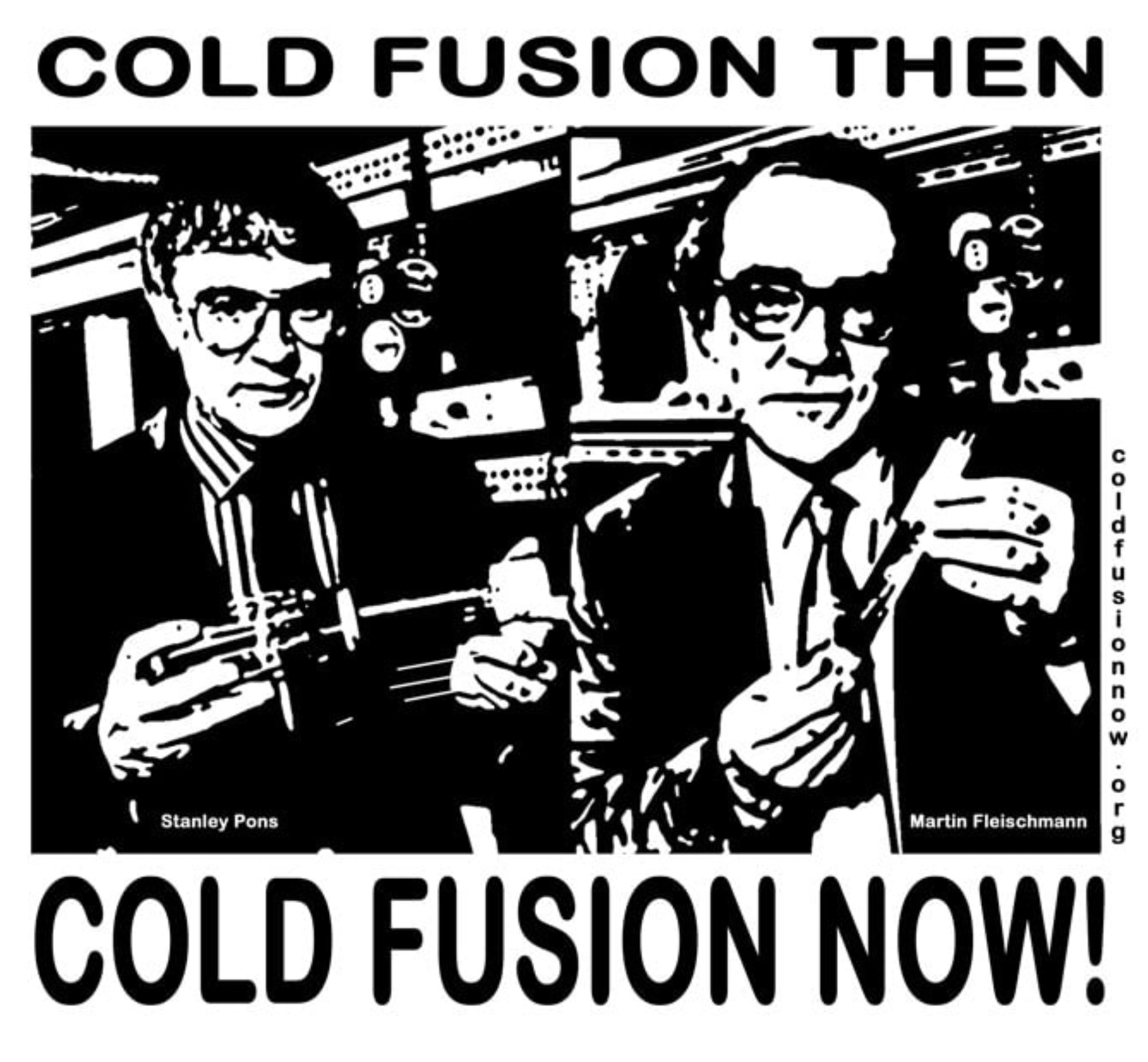


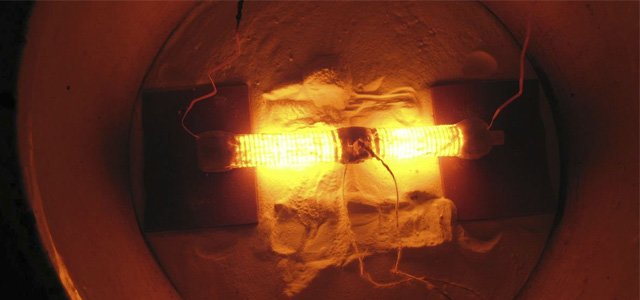
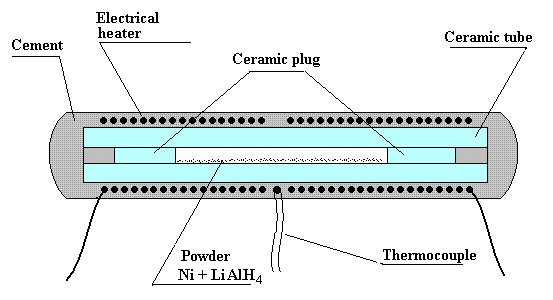

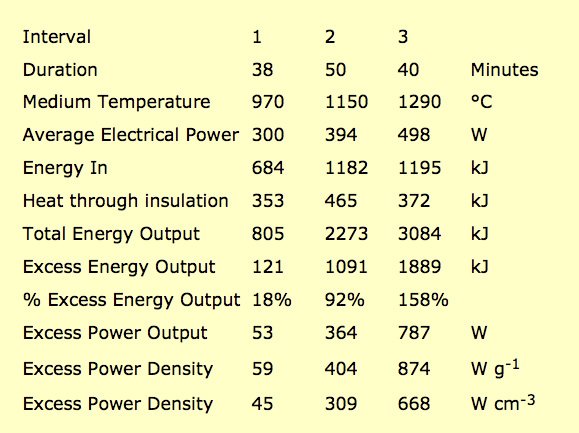



 Photo: Reaction chamber in operation. Note that the true light color was orange. Courtesy Jack Cole.
Photo: Reaction chamber in operation. Note that the true light color was orange. Courtesy Jack Cole.
